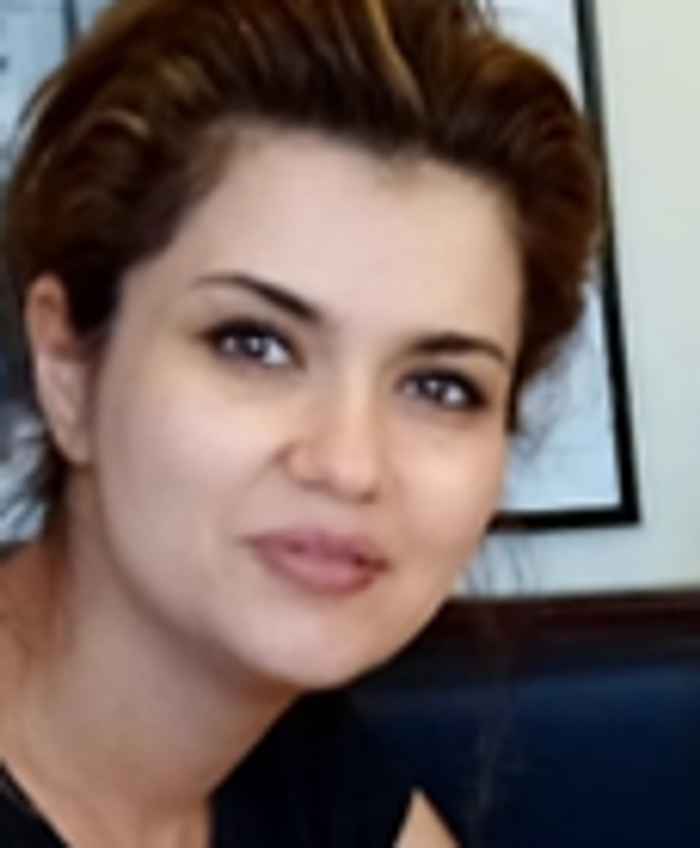Selda Abyar
Visit: 2 months

Photo-activated chemotherapy (PACT) anti-cancer agents make use of light irradiation to activate an anticancer prodrug only at the site of the tumor, leading to powerful antitumor effects with lower side effects compared to traditional chemotherapy or radiation therapy (Chen et al., 2021). PACT prodrugs are activated via different mechanisms, including ligand photosubstitution, covalent bond photocleavage, or photoisomerization, overall leading to changes in the chemistry of the compound, which in turn induce its biological activation. Ruthenium polypyridyl complexes (noted Ru) belong to the most clinically promising photocaging groups used in PACT prodrugs because of their generally lower toxicity compared to conventional antineoplastic agents, and well-understood, finely tunable photochemistry (Lameijer et al., 2017). New PACT compounds such as [Ru(tpy)(biq)(STF31)]Cl2 ([1])), a Ru-caged NAMPT inhibitor, have a high potential for the treatment of cancer: upon red light irradiation, it liberates STF31, a known NAMPT inhibitor, while especially brain cancer (glioblastoma) show high levels of NAMPT protein. Conversion of RuSTF31 to Ruthenium complex and STF31. Importantly, STF31 is photo-released both in normoxic (21% O2) and hypoxic (1% O2) conditions. Thus, in cells, this compound is expected to be activated independently of the O2 concentration. On the other hand, cancer cells react very differently to different O2 partial pressures; the toxicity of Ru-STF31 is hence dependent on the O2 concentration. In Leiden, we can study our compound either at 21% O2 (in the air) or in a hypoxic incubator set at 1% O2. However, we have no experimental access to more physiological O2 concentrations (eg, 5-6% O2 in normal tissues). We will use hydrophilic interaction liquid chromatography-mass spectrometry (HILIC-MS). The reason for selecting this method is that traditional methods to assess the levels and ratios of redox cofactors in biological samples are enzymatic assays involving colorimetric or fluorometric techniques that are unable to distinguish between the two forms of the redox pairs. This project is hence combining synthesis and spectroscopy, which is at the heart of the HRSMC program. I plan to go to Prof. Mann’s laboratory at King’s College in London, a world expert in hypoxia, because his laboratory has specifically designed wet glove boxes, in which cell culturing or cell viability experiments, for example, can be realized at controlled oxygen pressures (anywhere between 0 and 21%), which is currently impossible within the HRSMC.